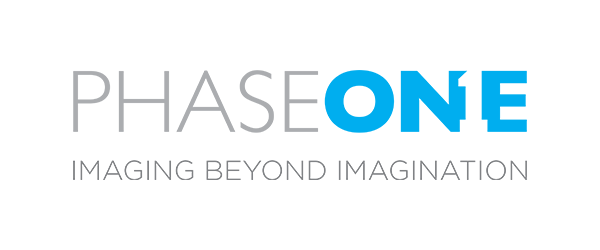DIGITAL TRANSITIONS
SPRING ROUND TABLE
PRESENTATIONS
Presentations & Abstracts
STAY TUNED FOR MORE DETAILS TO BE ANNOUNCED
When Pixel Pushing Comes to Pixel Shoving: Workflow and data management implications for imaging system upgrades involving large increases in resolution

Christopher Ciccone | North Carolina Museum of Art
Christopher will be presenting on workflow and data management implications for cultural heritage imaging of significant sensor size upgrades based on my experience of upgrading to a 150MP medium format back from a hybrid 40MP MF/36MP DSLR operation. Covered topics will include: Workflow, storage and backup issues; versioning and derivative creation; criteria for imaging which objects with which system (or does everything need 150 megapixels?); how much resolution is enough; hardware implications for computational imaging techniques with large sensor image files.
Examples will be taken from my experience at a mid-sized museum with a relatively small but widely varied collection and may not be directly applicable to high-volume digitization operations, though I hope that the underlying principles and issues will be relevant to anyone practicing imaging in the cultural heritage space.
Aerial Film Digitization Experience with the DT Atom & Reel Film Top
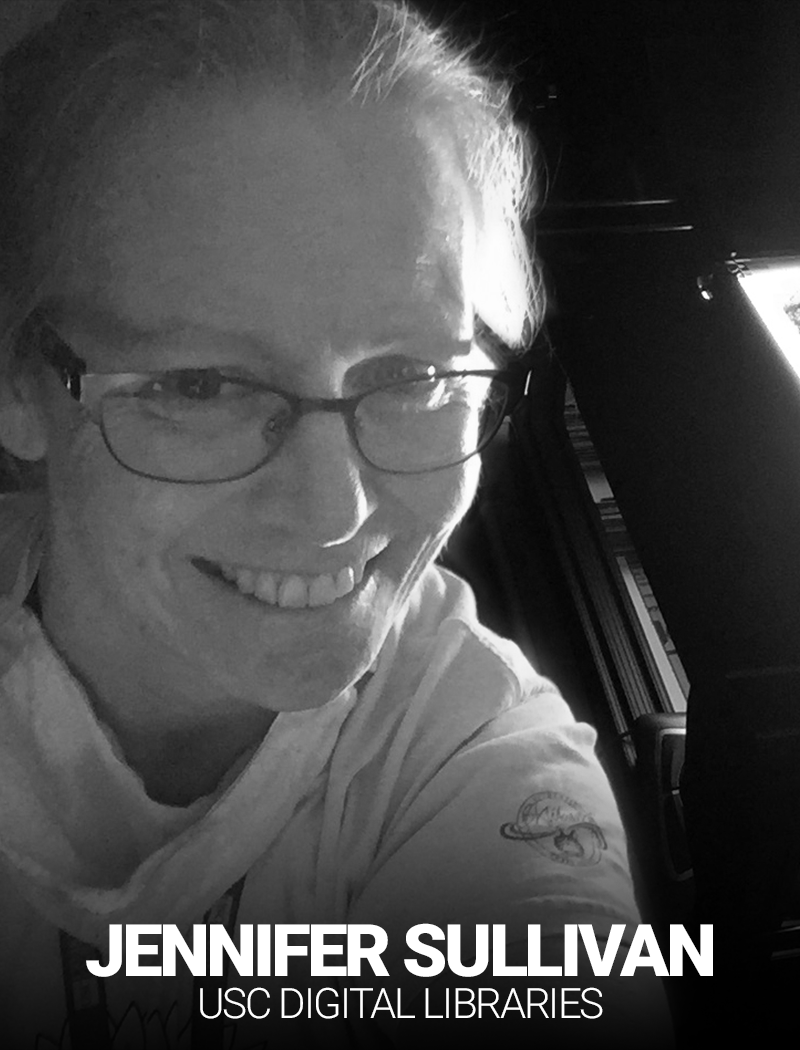
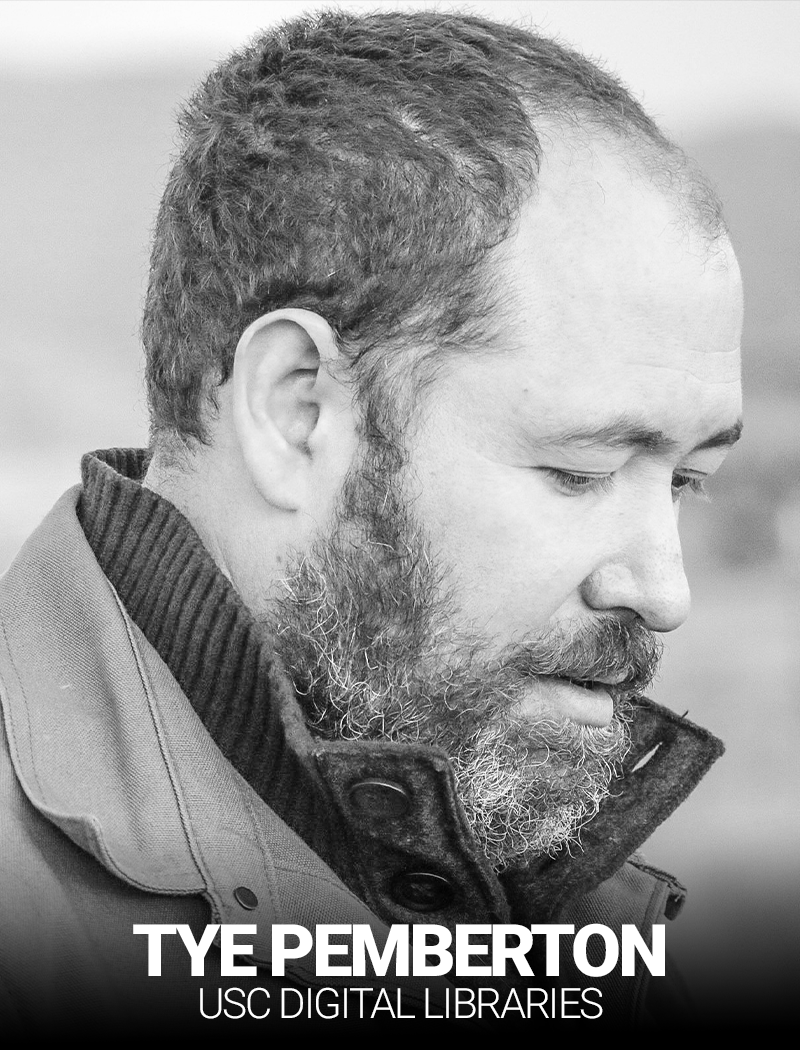
Jennifer Sullivan | USC Digital Library
Tye Pemberton | USC Digital Library
This talk will discuss the peculiarities of digitizing 230mm (9”x9”) aerial film reels using the DT ATOM system in conjunction with its DT Reel Top. Topics covered will include: capture parameters, workflow, common issues and creative solutions, film condition, and learning curve.
Buzzing About Mass Digitization: A Case Study with the National Museum of Natural History’s Department of Entomology and DT Heritage


Jessica Bird | Smithsonian Institution
Hannah Storch | DT Heritage
Too often important information about natural history collections is unavailable due to inaccessibility. For 3-D scientific collections, mass digitization can provide a valuable tool for research and data retrieval. In 2014, DT Heritage partnered with the Department of Entomology at the Smithsonian National Museum of Natural History and the Smithsonian Digitization Program Office to safely and efficiently digitize the Museum’s bumblebee specimens.
After the initial pilot project, the digitization team worked together to create comprehensive physical, imaging, and digital workflows so that the specimens and information could be captured quickly and accurately.
During the second phase in 2019, they were able to digitize over 30,000 3-D bumblebee and carpenter bee specimens in just under 8 weeks! Due to this effort, the entire bumblebee and carpenter bee collections are available online. Over 74,000 of these images will be a part of Smithsonian’s open access initiative where they are available for immediate use. As a result of mass digitization and accessibility initiatives such as these, specimen and label information from natural history collections can be preserved and accessible for years to come.
Our National Park’s & the Digitization of Documentation Photography
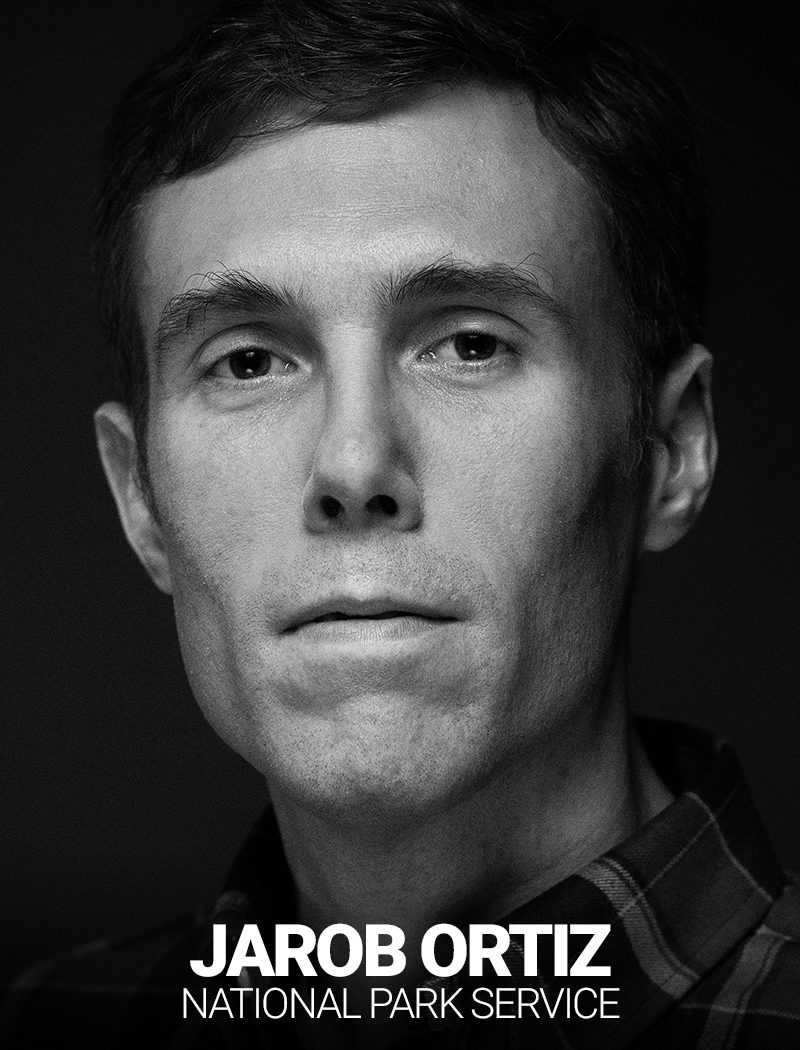
Jarob Ortiz | National Park Service
Jarob will discuss the National Park Service’s transition from traditional large format photography to born digital capture. He will highlight some of the new technology being implemented during the Park Service’s testing phase and the pros and cons of each format as they pertain to NPS’s photographic documentation workflow. Jarob will also talk about his thoughts on some of the new capabilities of modern digital systems and how they may completely change our country’s approach to documentation photography.
basICColor Input For Cultural Heritage
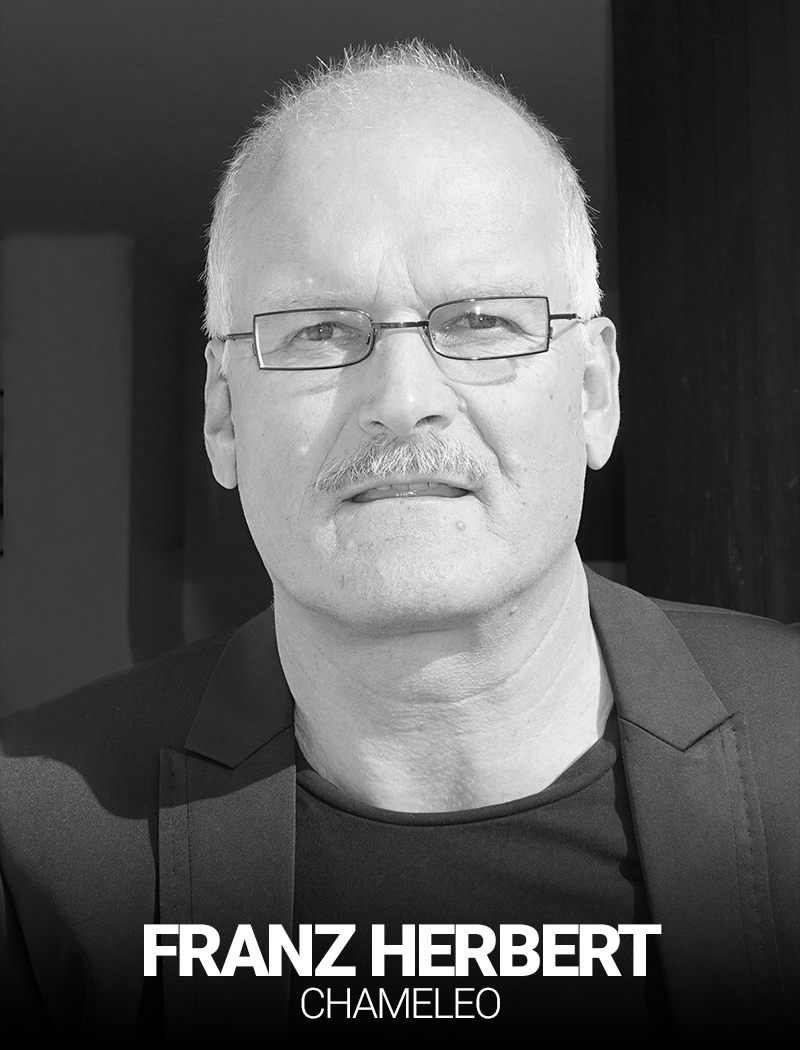
Franz Herbert | Chameleo
basICColor input 6 is a favorite tool for digitizing cultural heritage. It’s creator, Franz Herbert, presents a new version with new features and demonstrates how to get the most accurate profile from a camera using Digital Transition’s NGT2 target.
Making Public Records Public

Dr. Adam Jansen | Hawaii State Archives
The Hawaii State Archives is legislatively mandated to collect, arrange, describe, and make accessible the Public Archives. This is a tall task when the geography of the State necessitates nearly half the population to book a flight and rent a car to access their own public records. To address this difficulty, the State Archives is pursuing a multi-pronged approach to making public records public through online access. This session will discuss this initiative from select, capture, quality assurance, indexing and online display of these irreplaceable historic materials (hint: Our DT Versa and DT Atom play a pivotal role in this!)
The perils of dirty targets and outdated measurements – how to keep targets clean, and when to re-measure them, and when to throw them out.

David Wyble | Avian Rochester
Imagine a ruler that grew or shrank in length over time. Such is the challenge of using color targets in real-world digitization; even carefully-used targets become dirty over time, leading its color values to diverge from its most measurement.
We will discuss best practices for how to keep your target in good condition, how to clean it, and how to know when it’s time to re-measure and when to throw it away.
What I Did on My Forced C19 Sabbatical: Better Targets, Software, and Thinking

Don Williams | Image Science Associates
Indeed, go to work we did at ISA over the last year. Slowing down and focusing on missed details and product improvements has been a silver lining for ISA’s Cultural Heritage imaging products and services that Digital Transitions supports. This talk will briefly describe several product improvements as well as new thinking on popular topics like color profiling, color measurements, Golden Thread targets and software, and let’s not forget lessons learned in FADGI guideline practices.
Ease of use and interpretation of image quality analysis results have been the main focus of the new Golden Thread NXT software. This software version now supports the new FADGI 19264 compliant target and provides onboard colour profiling and autonomous colour reference data deployment for all targets.
New thinking on teaching-to-the-test ΔE measurements and colour measurement instrumentation will also be offered to stir your imagination. Experiences, both good and bad, with the FADGI guidelines are on the table, especially their adaptation to digitizing Federal Records (NARA’s M-19-21) with high speed sheet fed scanners. Any guesses on pages/minute at 3-star.
Finally, Golden Touch image quality remediation software has added ICC color profiling for improved colour encoding performance.
Delivering Archives: How History Factory Applies Standard Practices and Specialized Approaches to Meet Client Needs


History Factory delivers archival expertise and capabilities to businesses and organizations. The Company’s offerings range from end-to-end heritage asset management solutions to limited-focus project support services. While the Company’s Archives Lab represents a highly unique setting for practicing the archival profession, the work done by History Factory archivists is fully consistent with accepted standards of collection care and management. To meet the specific requirements of its client base however, History Factory also brings to bear a number of special strategies, techniques and interventions.
The presentation will describe how a flexible methodology that is grounded in archival fundamentals but appropriately responsive to business realities enables History Factory to effectively serve its clients. Two case studies will illustrate key aspects of the methodology in action.
The Merits, Use, and Limitations of Standards like FADGI

Arnab Chatterjee | Digital Transitions
Image quality is of paramount importance in Heritage work, and guidelines and standards like FADGI, Metamorfoze, and ISO 19264 are critical tools for achieving excellent, consistent results. However, guidelines and standards aren’t laws or absolutes, and there are cases where blindly following standards can have unintended consequences. In this session we’ll examine FADGI’s core structure, discuss how and why the guidelines were created, and explore some of the limitations of a strictly quantitative approach to evaluating image quality.


